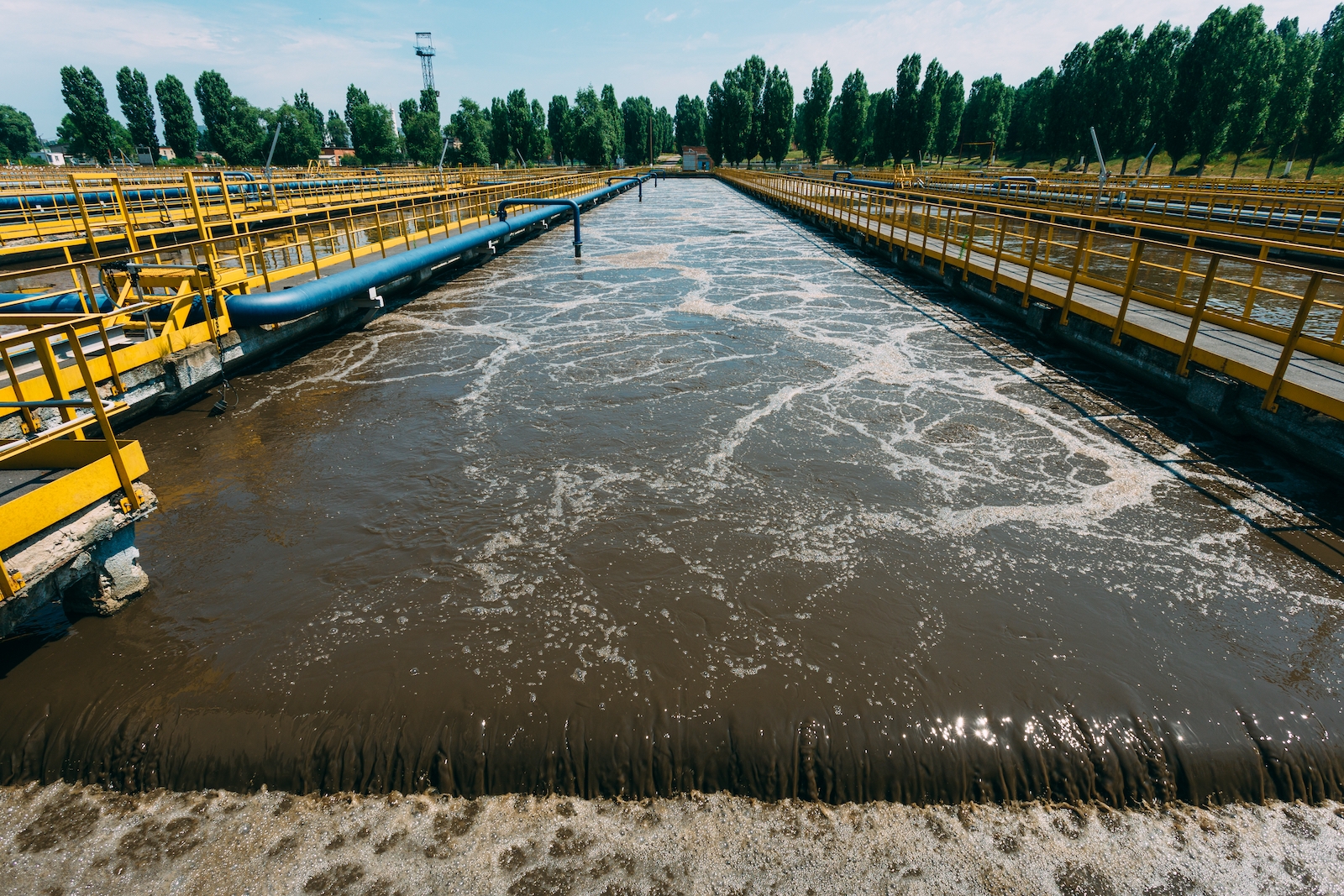
Health
Wastewater Holds the Key to the Post-Pandemic Future
The apparent decline in COVID-19 infections across much of the world, paired with global attention on the ongoing war in Ukraine, gives the impression that the pandemic is finally coming to an end. The reality, however, is that COVID-19 remains a threat to communities everywhere, with a recent study highlighting lingering organ damage which the disease can cause, even after mild cases.
These findings are a reminder that COVID-19 is, and will continue to be, an endemic health issue globally. Authorities must remain on the lookout for future epidemiological threats from the coronavirus or other diseases, acting proactively by taking advantage of innovative monitoring tools developed on the back of the pandemic.
Wastewater, the liquid ‘gold’
In fact, health authorities across the world have begun embracing wastewater monitoring to keep tabs on the prevalence of COVID in communities and assessing the disease’s evolution, to great effect. A weeks-long surge of cases in Massachusetts, for example, has been monitored via data pulled and analyzed from a wastewater treatment plant several times a week, helping policymakers manage the spike in real-time.
In the UK, a wastewater monitoring program utilizes samples from some 270 sewage treatment facilities across the country, providing coverage of approximately 40 million people. In this way, authorities are able to detect spikes in the prevalence of certain variants in different regions of the country, and devise national and local strategies accordingly.
At the same time, some 1,370 wastewater treatment plants are under regular surveillance across Europe, contributing to the early detection of the virus and its variants in the population. As in the U.S. and the UK, these wastewater monitoring programs give authorities the tools to detect COVID-19 regardless of whether an individual shows symptoms of the virus, or takes a test at home.
In fact, wastewater surveillance can predict new outbreaks at least one or two weeks in advance. At the University of California San Diego, wastewater testing helped facilitate the early diagnosis of close to 85% of all COVID-19 cases on campus, proving itself an essential tool to be used alongside other interventions as authorities plan safe returns to- and emergency withdrawals from- schools, universities, and workplaces.
Swiss technology at global airports
It is clear that wastewater is a valuable resource for tracking the emergence and spread of pathogens – and this opens up new opportunities for pandemic management in the travel industry, especially at airports. Using the data gathered from more than 40,000 water samples taken in Marseille and other French cities by a special biodefense unit, a technical solution was developed to detect COVID and its variants in communities, which was used to create a comprehensive testing and analysis protocol for all types of aircraft.
The solution, developed by SICPA, a global provider of traceability technologies based in Switzerland, enables the creation of an “epidemiological observatory” to trace emerging threats, allowing authorities to take preventive action before it’s too late. Specially trained teams can carry out analyses onsite to quickly detect the presence of a pathogen on board among passengers and flight crew. In less than two hours, COVID-19 mutations are identified and quantified, providing authorities with accurate data correlated with existing territorial information with which to characterize the threat.
Need for COVID adaptation
The system, which can also be constantly adapted to detect new variants once their genomic sequence is known, has seen expanded use since April in the Gulf region, where more than 150 aircraft have been tested to date. Given the importance of wastewater as a monitoring resource, it’s not surprising that other companies have developed their own technologies.
For example, U.S. biotechnology giant Thermo Fisher has developed a wastewater surveillance kit, which can be used in tandem with Thermo Fisher’s purification systems to reduce hands-on time for analysts, allowing for high-throughput DNA and RNA extraction. In this way, authorities are equipped to detect and control threats before they become deadly outbreaks.
In the words of one biologist, the COVID-19 pandemic has presented something of a “coming-out party” for wastewater surveillance, particularly during the early stages of the pandemic when tests were less readily available to the wider population. Importantly, it also presents a non-invasive, and far more comfortable, means of testing and gathering large amounts of information in one data set compared to nasal swabs.
These technical developments are only the most recent innovations in a long history of using wastewater for disease monitoring, and they have proven to be a boon for researchers and policymakers alike. Whatever public health policy looks like beyond the pandemic, wastewater surveillance will remain a key player in keeping communities safe.

